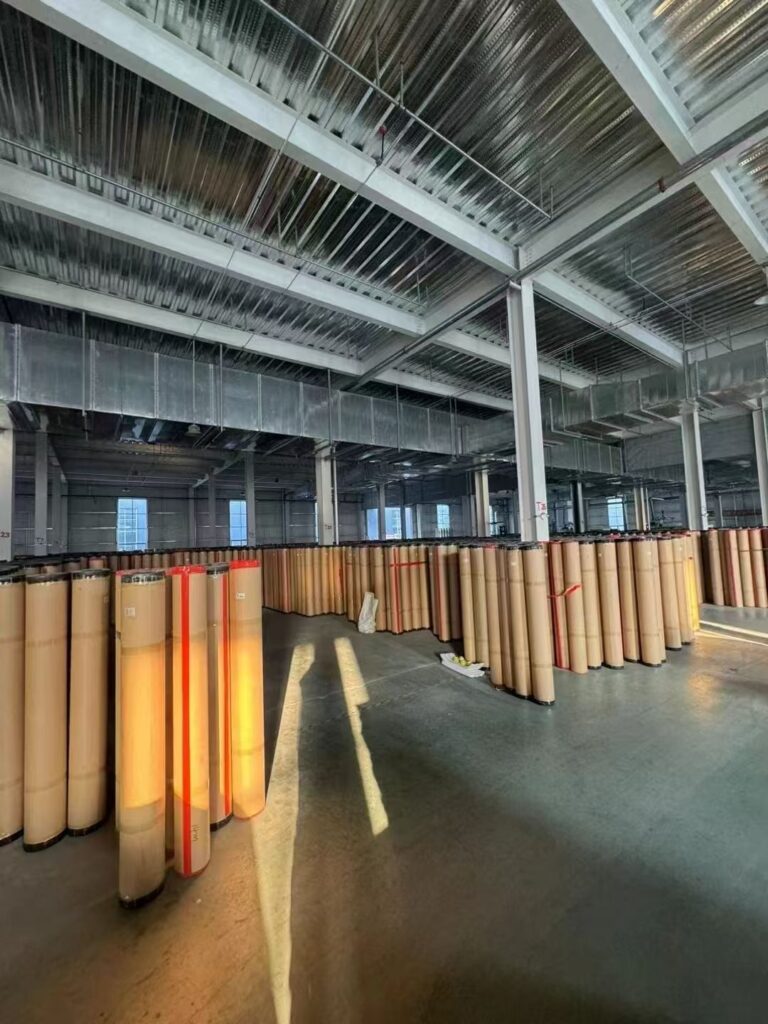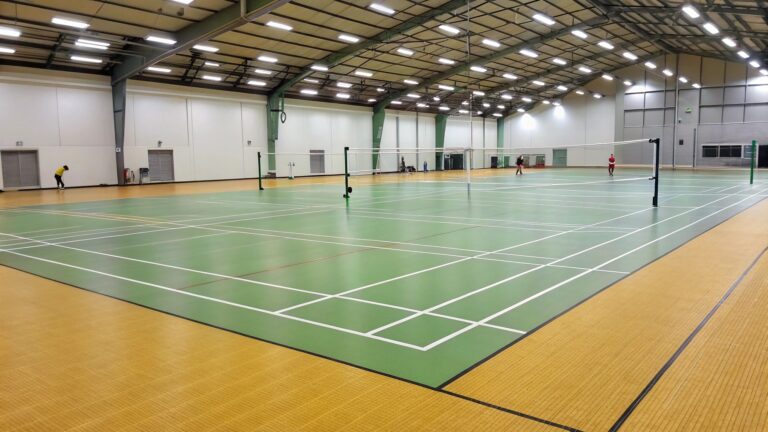As a manufacturer specializing in sports flooring, I know that choosing the right badminton court flooring impacts player performance, durability, and long-term maintenance. Many buyers struggle to find a supplier that balances cost, quality, and reliability.
The best badminton court flooring suppliers provide surfaces with excellent grip, shock absorption, and durability. PVC is affordable, wood offers premium quality, rubber supports joints, and acrylic suits outdoor courts. Each material has unique advantages based on budget and play level.
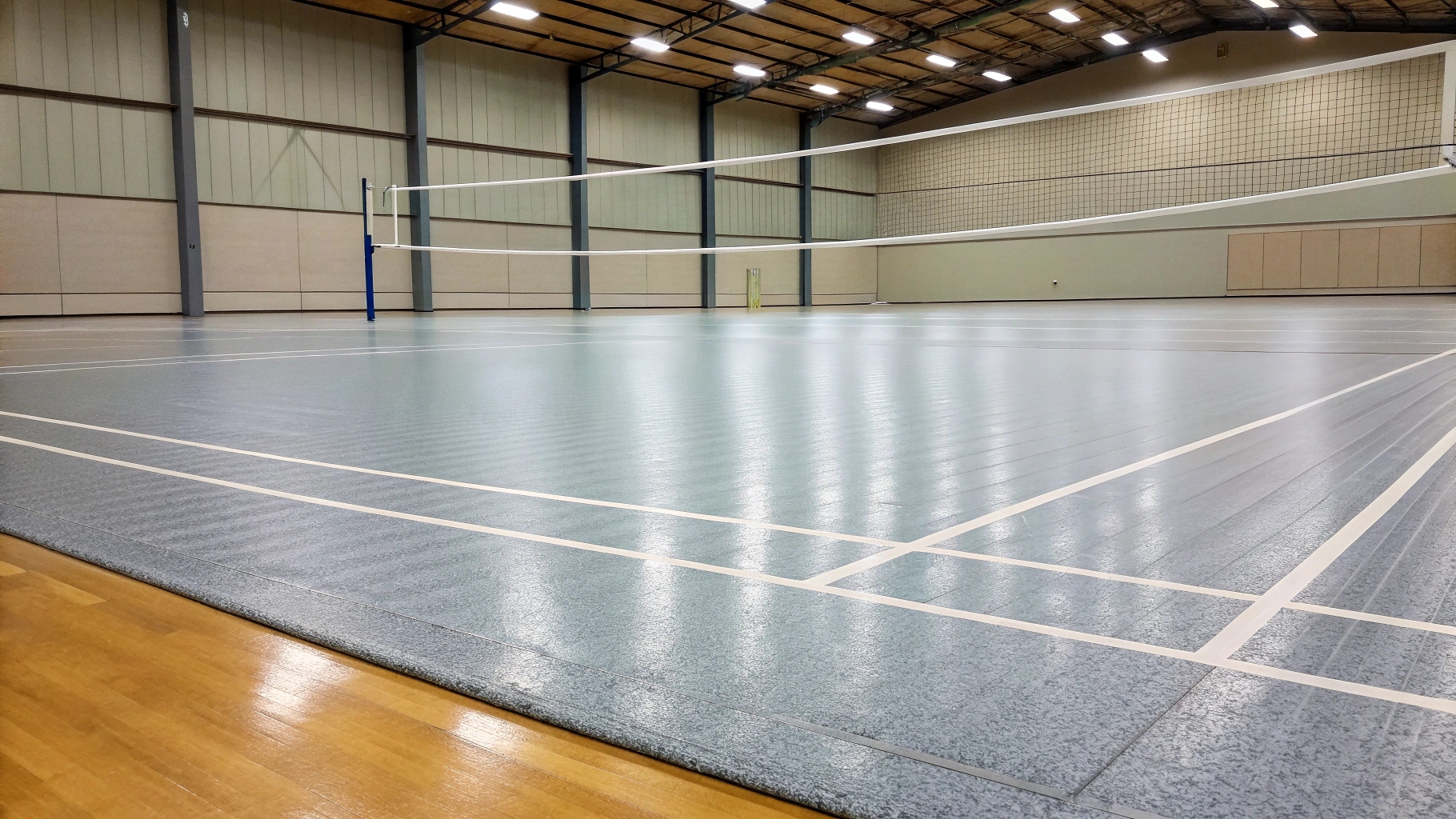
I help my clients—wholesalers, distributors, and contractors—find the best flooring solutions for their projects. Let me walk you through the key options.
Which Type of Flooring Is Best for Badminton?
Many courts fail to meet professional standards because of poor flooring choices. A high-quality badminton court floor must offer slip resistance, impact protection, and stability.
PVC and wooden flooring are the best choices for badminton courts. PVC is durable, cost-effective, and ideal for most indoor courts. Wooden flooring offers better shock absorption and a premium playing experience, making it the top choice for professional tournaments. Each option suits different court requirements.
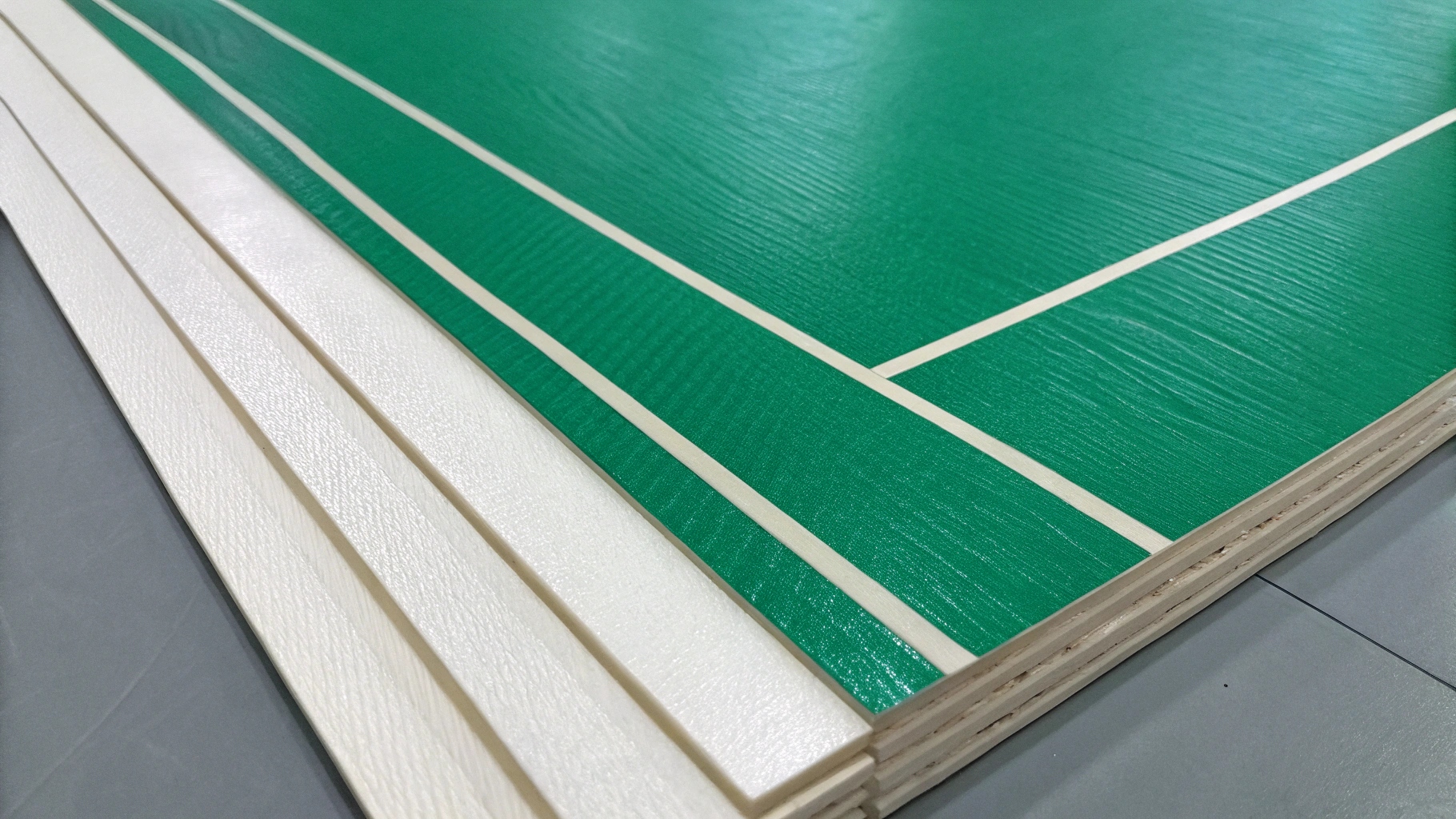
Comparison of Badminton Flooring Types
| Flooring Type | Benefits | Challenges |
|---|---|---|
| PVC Flooring | Durable, easy to clean, cost-effective | Slightly less natural feel |
| Wooden Flooring | High-quality playability, premium look | Expensive, requires maintenance |
| Rubber Flooring | Great for joint protection, good grip | Wears out faster |
| Acrylic Flooring | Best for outdoor courts, weatherproof | Harder surface, less cushioning |
I supply both PVC and wooden flooring based on what my clients need. PVC is the most popular choice for commercial and club-level courts, while wood remains the best for professional tournaments.
What Is the Best Material for a Badminton Court?
Many buyers ask me which material offers the best performance. The answer depends on play level, location, and budget.
PVC and wooden flooring are the best materials for badminton courts. PVC is durable and affordable, while wood provides premium performance. The best choice depends on the play level, location, and budget.
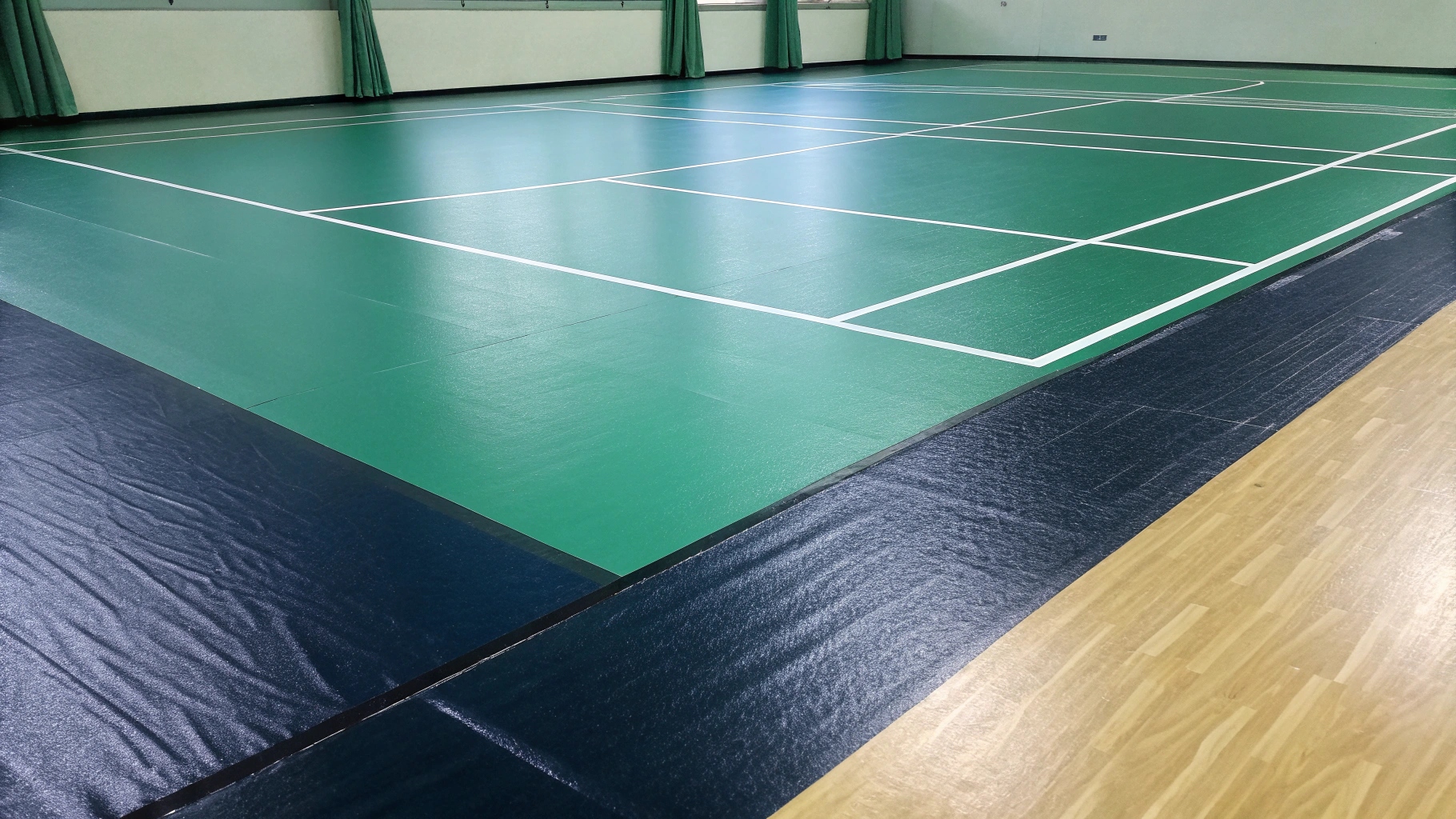
Material Selection Based on Usage
| Play Level | Recommended Material | Reasons |
|---|---|---|
| Professional | Wooden or PVC | BWF-standard, high-quality grip |
| Club-Level | PVC | Affordable, long-lasting, easy maintenance |
| School & Community | Rubber or Acrylic | Budget-friendly, durable |
| Outdoor Courts | Acrylic | Weather-resistant, minimal maintenance |
I manufacture all these materials, but I always guide my clients toward PVC for the best balance between cost and quality. For professional courts, engineered wood is unbeatable.
What Are Badminton Court Floors Made Of?
Most clients don’t realize how much floor material affects gameplay and maintenance costs. Choosing the right composition ensures durability and optimal performance.
Badminton court floors are made of PVC, wood, rubber, and acrylic. PVC is durable and cost-effective, making it the most common choice. Wooden flooring offers superior shock absorption for professional courts. Rubber provides extra cushioning, while acrylic is weather-resistant, ideal for outdoor courts. Each material serves different needs.
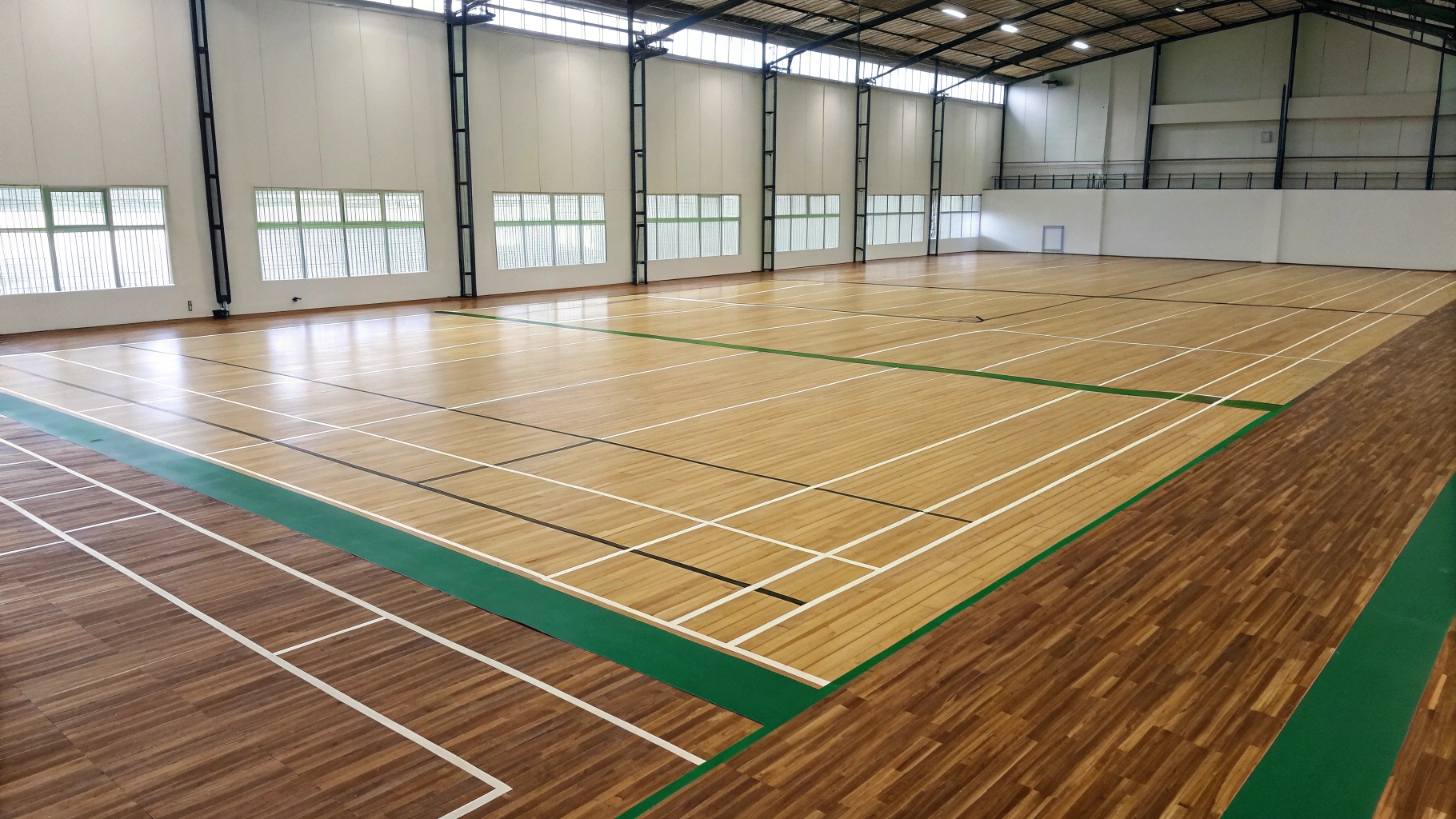
Badminton Flooring Materials Breakdown
| Material | Features | Best For |
|---|---|---|
| Synthetic PVC | Non-slip, cost-effective | Indoor club courts |
| Engineered Wood | Strong, smooth, and durable | High-level professional courts |
| Natural Wood | Premium quality, great shock absorption | Official tournaments |
| Rubber | Soft, absorbs impact well | School and community courts |
| Acrylic | Weatherproof, hard surface | Outdoor badminton courts |
From my experience, professional venues prefer engineered wood, while PVC is the best all-around option for commercial and club courts.
What Is the Cheapest Material for a Badminton Court?
Budget constraints often push buyers toward the lowest-cost flooring, but choosing the wrong material can lead to long-term losses in maintenance and durability.
PVC flooring is the cheapest option for indoor badminton courts. It is durable, slip-resistant, and requires minimal maintenance. For outdoor courts, acrylic is the most affordable choice due to its weather resistance. Rubber is budget-friendly but wears out faster, while wooden flooring is the most expensive and used for professional play.
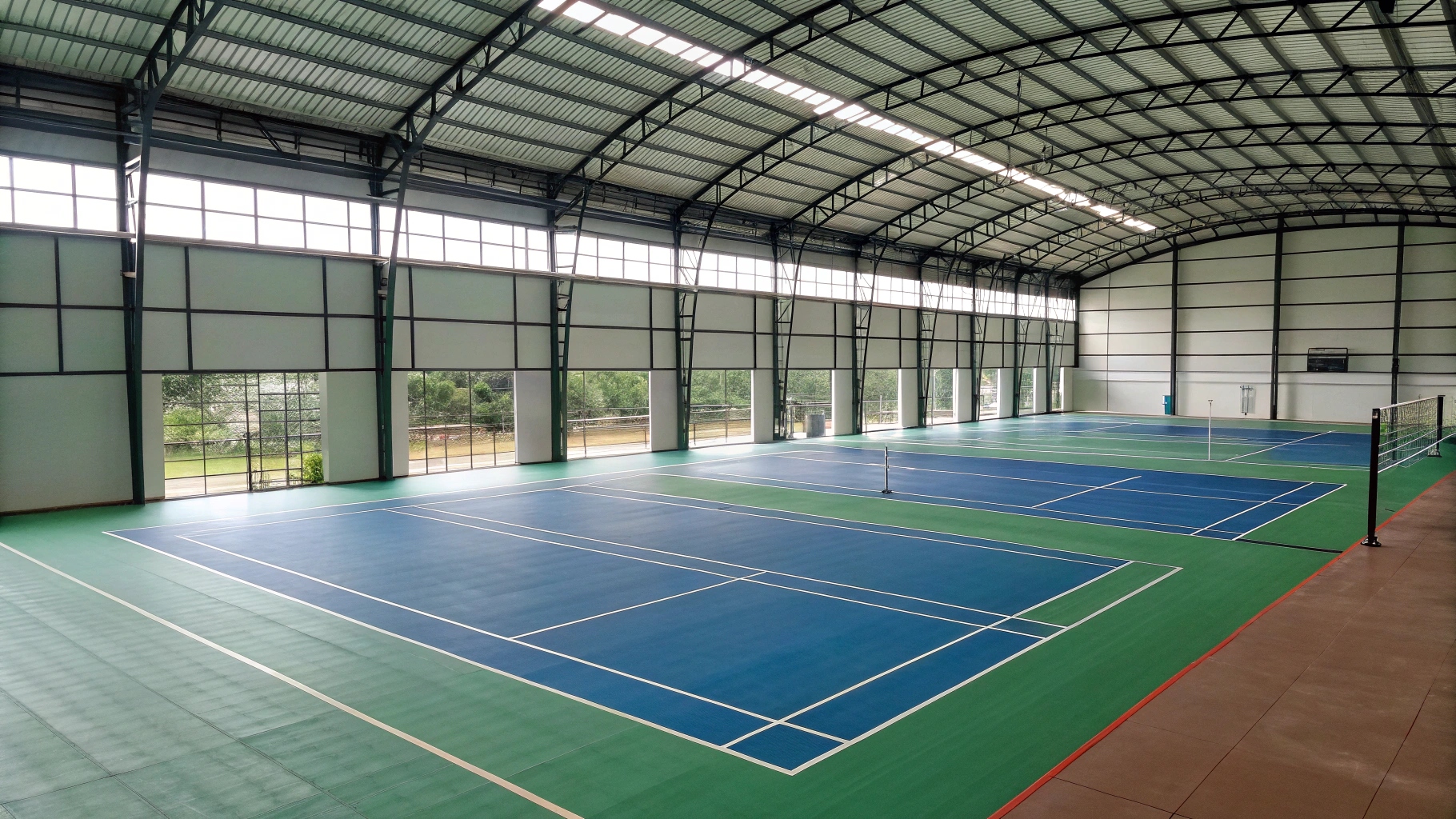
Cost Comparison of Badminton Flooring
| Material | Price Range | Durability | Maintenance |
|---|---|---|---|
| PVC | $$ | High | Low |
| Wood | $$$$ | Very High | High |
| Rubber | $$ | Medium | Medium |
| Acrylic | $ | Medium | Low |
I recommend PVC for buyers looking for a balance of affordability and long-term performance. Wooden floors, while excellent, require higher initial investment and maintenance.
Why Choose Me as Your Badminton Court Flooring Supplier?
I specialize in manufacturing high-quality badminton court flooring with competitive pricing. Here’s why my clients choose me:
- Factory-Direct Pricing – No middleman, ensuring the best rates.
- Quick Delivery – Large inventory ensures fast order fulfillment.
- Customization Available – Various thicknesses, colors, and finishes.
- Complete Accessories – Welding wire and tape available upon request.
- Reliable Quality – Meets international sports flooring standards.
Looking for a trusted badminton flooring supplier? Contact me today to discuss your project and get a competitive quote.
Frequently Asked Questions
What is the official flooring for badminton courts?
The Badminton World Federation (BWF) recommends wooden or synthetic PVC flooring for professional courts.
How thick should badminton flooring be?
Standard badminton court flooring is 4.5mm to 8mm thick, depending on the material and level of play.
Can I use rubber flooring for a badminton court?
Rubber flooring is suitable for school and recreational courts, but not ideal for professional play due to less grip.
Conclusion
Choosing the right badminton flooring depends on budget, location, and usage. PVC and wooden flooring dominate indoor courts, while rubber and acrylic serve budget and outdoor needs. As a manufacturer, I provide high-quality sports flooring solutions tailored to different project requirements.

